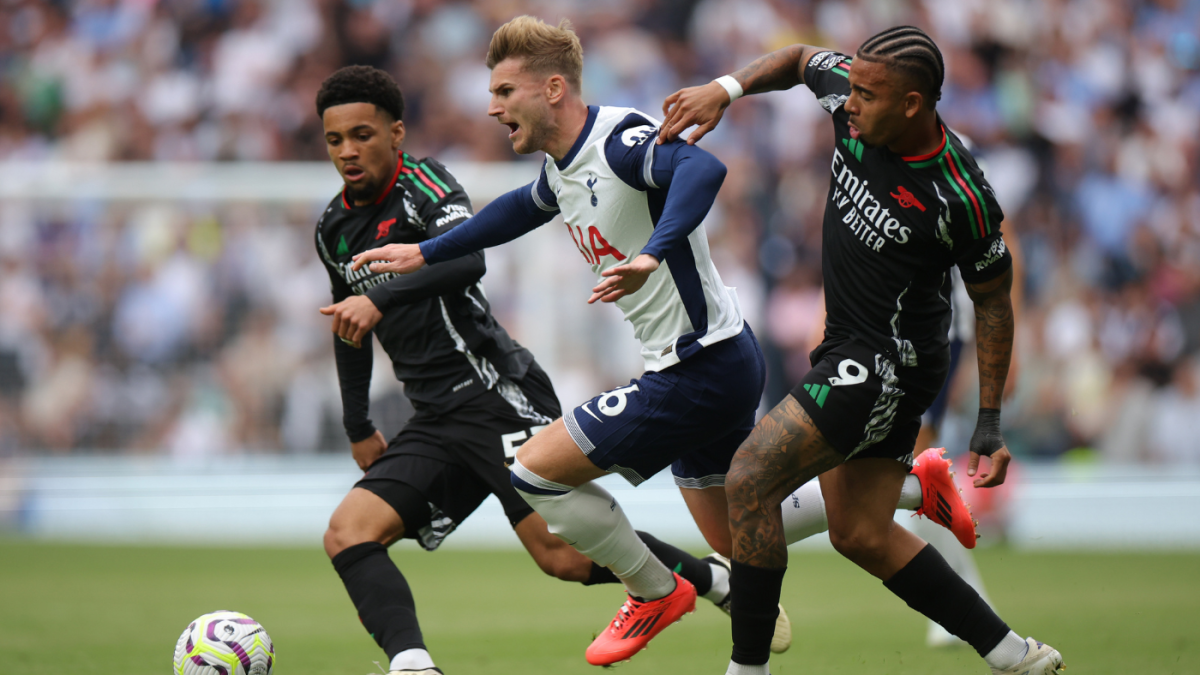 Champions League
Champions League

 Conference League
Conference League

 Premier League
Premier League

Published on Aug, 30 2024

The 2026 World Cup is coming to North America with an ambitious plan, expanding the field by 50% and spreading the football spectacle over 16 cities in three countries with multiple climates and elevations.
FIFA, aiming to create the perfect pitch for every venue, partnered with turf experts at the University of Tennessee and Michigan State University to research and develop the best surfaces for the tournament.
When the World Cup begins in less than two years with 48 teams playing 104 matches in the U.S., Mexico and Canada, no one wants the field -- or pitch, as football aficionados call it -- to be a topic of conversation like it was earlier this summer for a different major tournament.
The Copa América, which South American football body CONMEBOL organises every four years, was dogged by problems with shaky surfaces.
Argentina and Aston Villa goalkeeper Emiliano "Dibu" Martínez called the grass field that replaced artificial turf a "disaster," after beating Canada in the opener on June 20 at Mercedes-Benz Stadium in Atlanta. Criticism continued with other teams and coaches early in the tournament.
"FIFA has high expectations and demands that we can't have any any failures," John Sorochan, professor of turfgrass science and management at Tennessee, said recently in a telephone interview. "That's why they're supporting so much research and preparation so that they don't have what happened at Copa, and the embarrassment of what CONMEBOL had."
Like at this year's Copa América, some football stadiums -- including some with a roof -- will host games at the next World Cup.
Sorochan, along with his mentor and former professor at Michigan State, Trey Rogers, addressed a similar challenge three decades ago when the World Cup first visited the United States in 1994 and games were played indoors at the Pontiac Silverdome in suburban Detroit.
"One of the easiest decisions I have made around this tournament so far was the partnering of UT and MSU universities," said Alan Ferguson, FIFA26 director of infrastructure and technical services. "Both already had world-leading reputations, both already led by world-leading turf professors. I didn't want to reinvent the wheel -- it was already here."
Climate change may be an additional variable, especially with games stretching from Mexico to Canada, and the turf experts are considering several varieties of surfaces to address it.
"While new varieties of grasses have not been bred to specifically address the challenges of the World Cup, turfgrass breeding efforts over the past 20 years have released new grass varieties that have improved heat, drought, disease and wear tolerance," Sorochan said earlier this week.
Tennessee created what it calls a shade house to replicate an indoor stadium. Michigan State, meanwhile, has a 23,000-square-foot slab of asphalt to develop the concept of laying turf grown on plastic instead of soil on stadium surfaces.
Rogers and his team test how the natural surface responds to a ball bouncing and when cleats make contact.
A couple months ago at Copa América, Martínez said the ball jumped off the field as if it was a springboard.
In two years, Rogers said the goal is to not hear anyone discussing the playing surface at the World Cup.
"If nobody mentions the field," he said, "we know we've done our job."
Editors Top Picks







